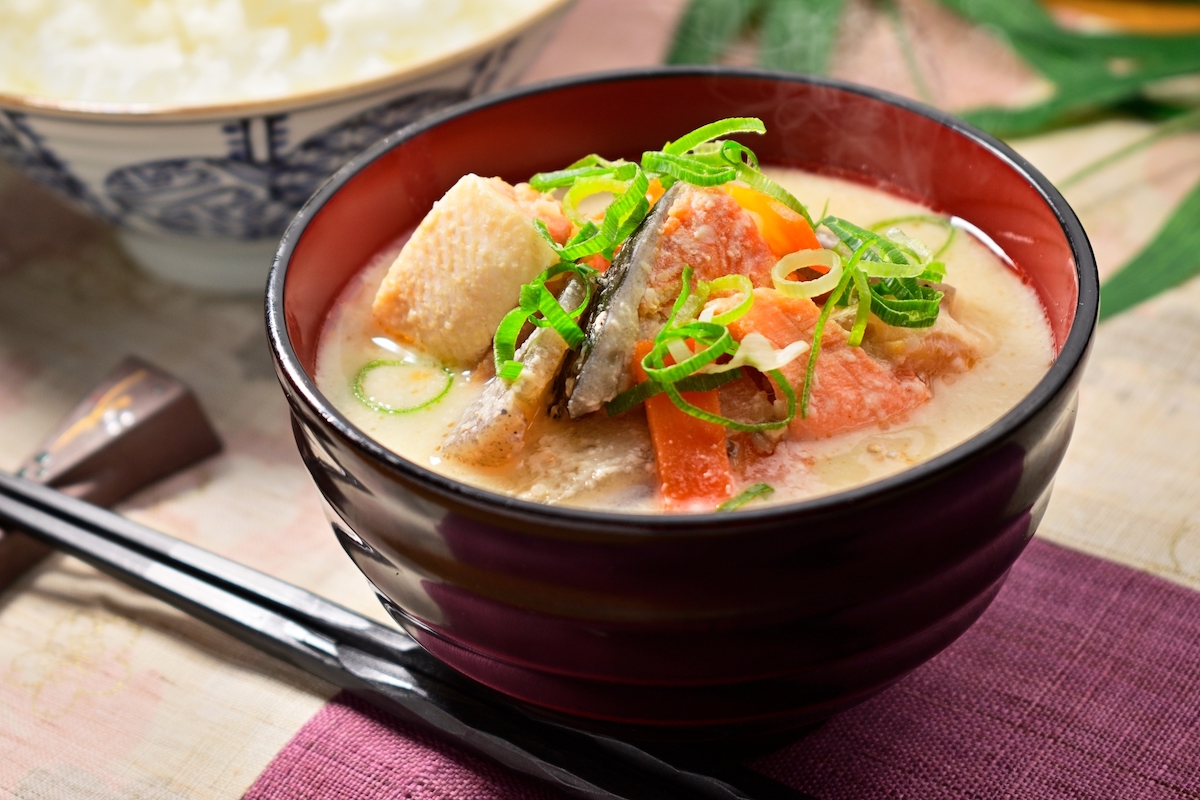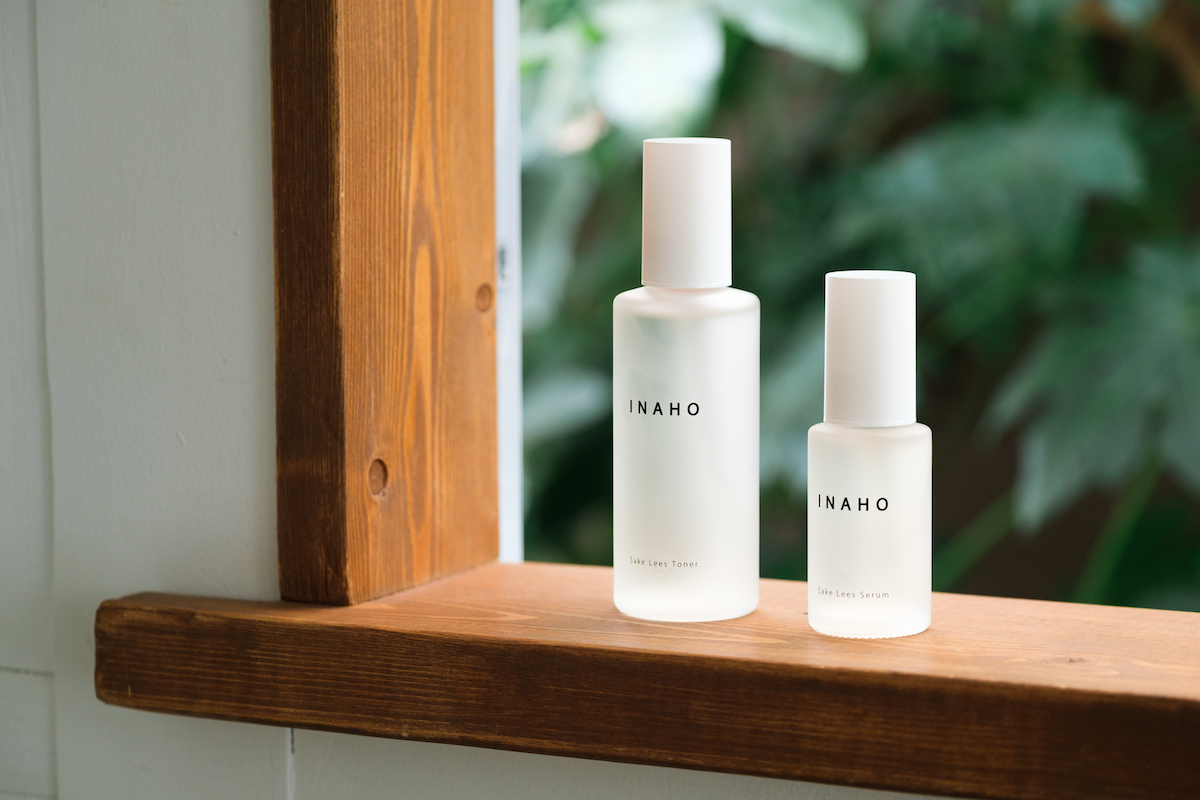Sustainability and “Sake Kasu”, a By-Product of Sake – Part 1
Last October, American food professionals visited fermented food producers to deepen their knowledge of Japanese fermentation culture during the “Hakko Tourism in Japan” tour campaign. As part of the tour, organizers held a tasting session where guests gave candid advice from the perspective of the American market to food product manufacturers looking to enter the United States market.
1. The problem with wasting sake kasu

Arajiru made from sake kasu
2. A treasure trove of nutrients

The reason that the sake kasu of Yoshida Shuzo Ten was selected was that the company is reducing the environmental impact of its sake production. It uses only renewable energy in the brewery, collaborates with local farmers in rice production, spurs revival of agricultural land, and aims to protect the region’s natural offerings.
As a food product, sake kasu is also very healthy with ample amounts of proteins, dietary fibers, and amino acids. Research done at Gekkeikan, an old sake brewery in Kyoto, proves that the peptides in sake kasu originate from plants, and can be expected to improve one’s health by working to prevent rises in blood pressure.
In addition, it also has active nutritional ingredients too numerous to count, including: adenosine which is said to induce vasodilation, and relieve stiff shoulders and headaches; and plasminogen which breaks up blood clots, which are the cause of stroke and arteriosclerosis.
In line with modern market trends of recent years, sustainable businesses have been increasing thanks to the expected health and beauty effects of sake kasu. In Part 2, I will introduce some of their efforts.
Saki Kimura is an accomplished journalist specializing in sake. With a journalism certificate from UCLA, she's reported on sake consumption worldwide. Currently the director of SAKETIMES International, she writes, translates, and promotes sake, focusing on overseas distribution and international breweries. Her expertise has made her a respected figure in the industry.

